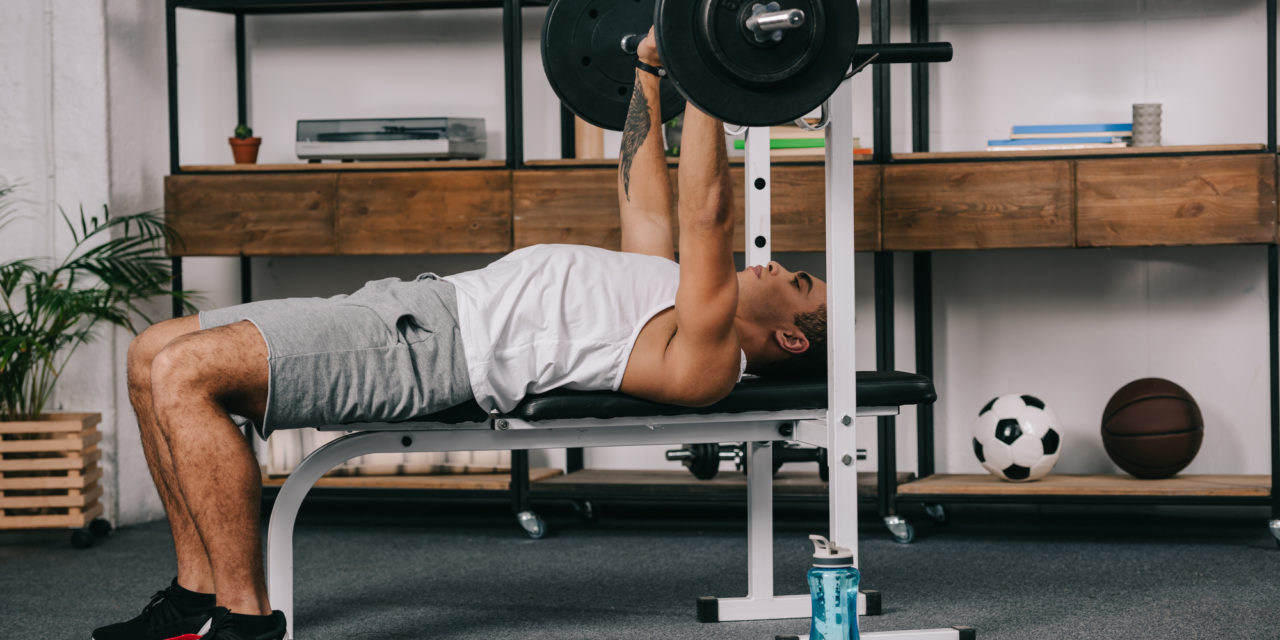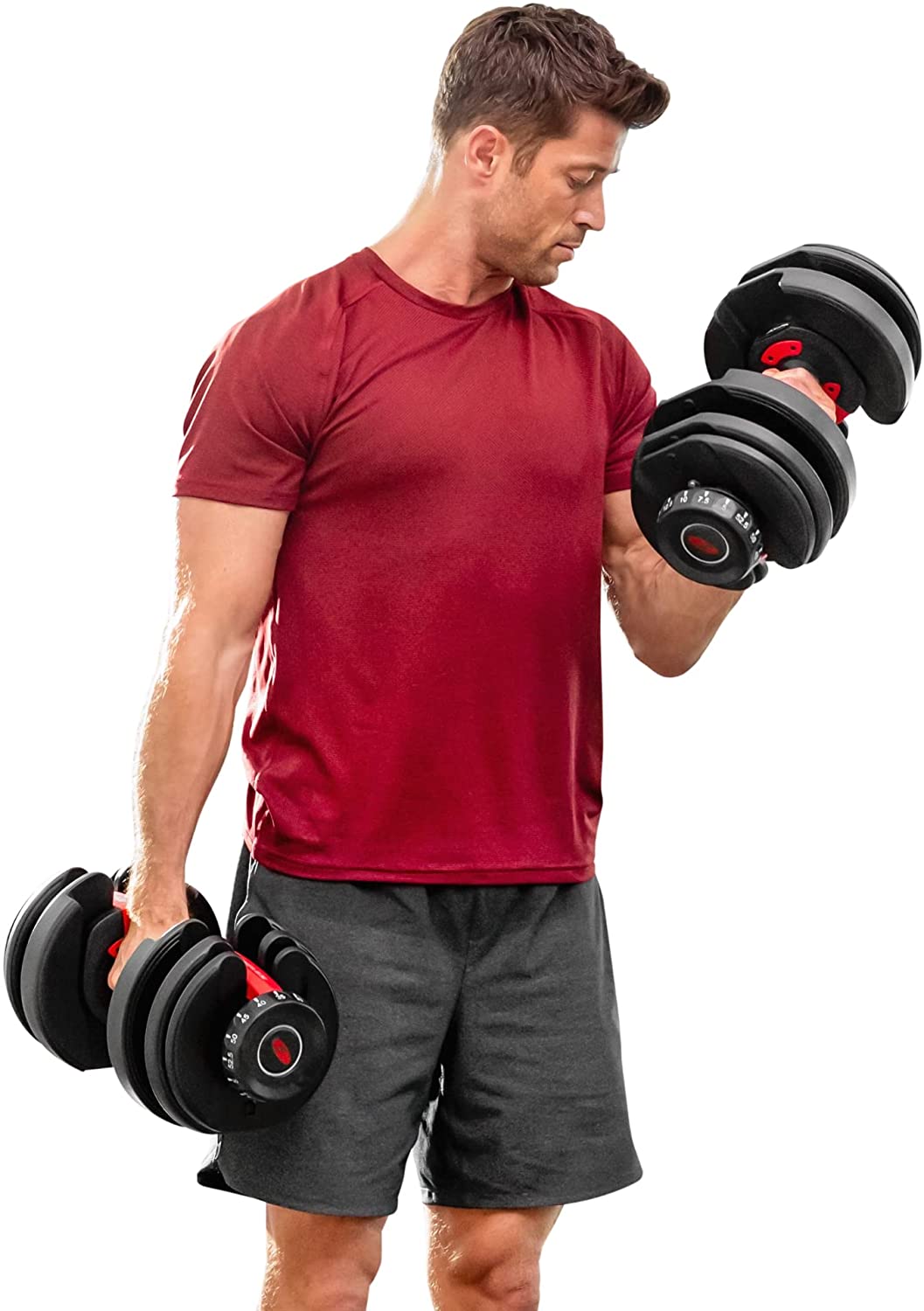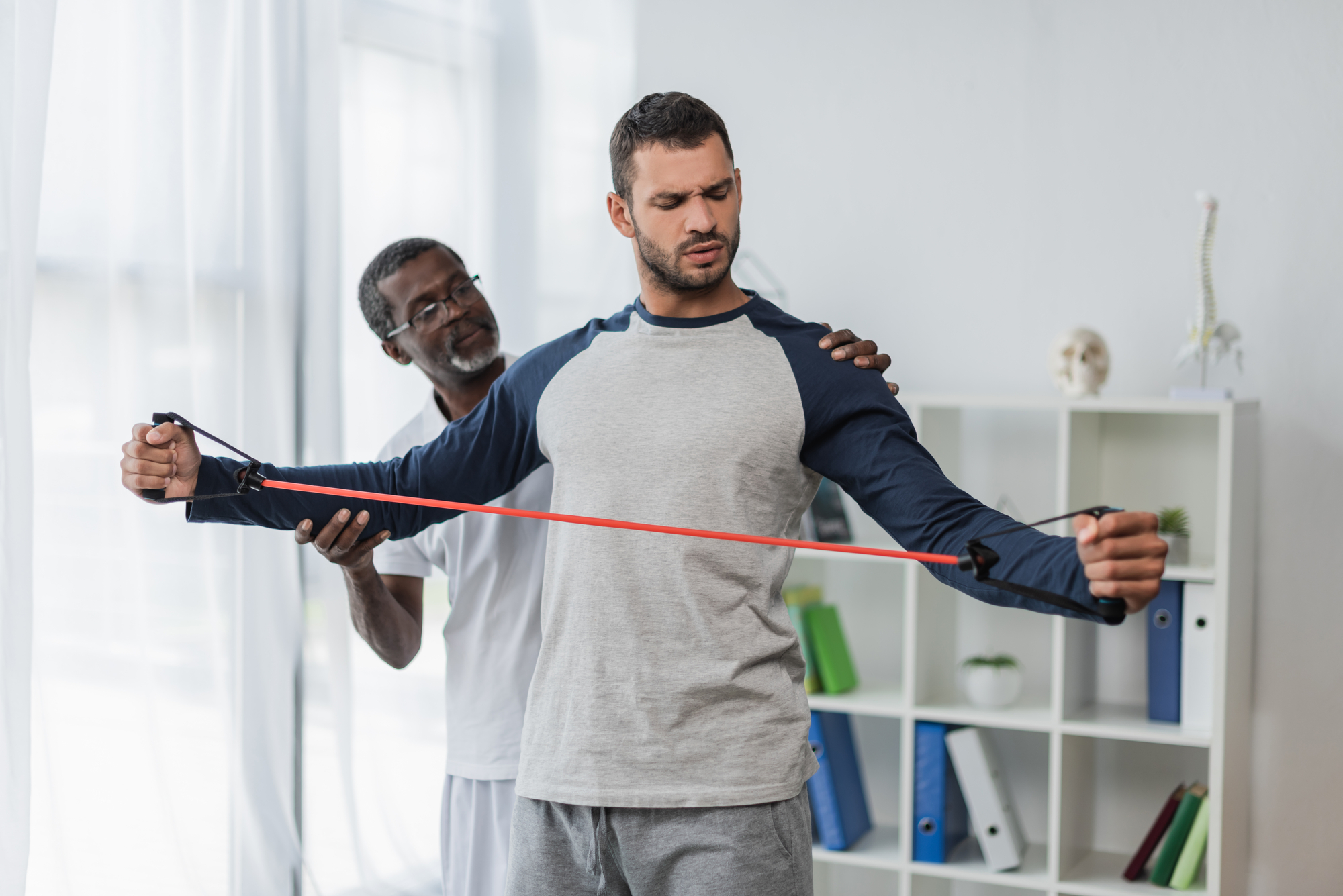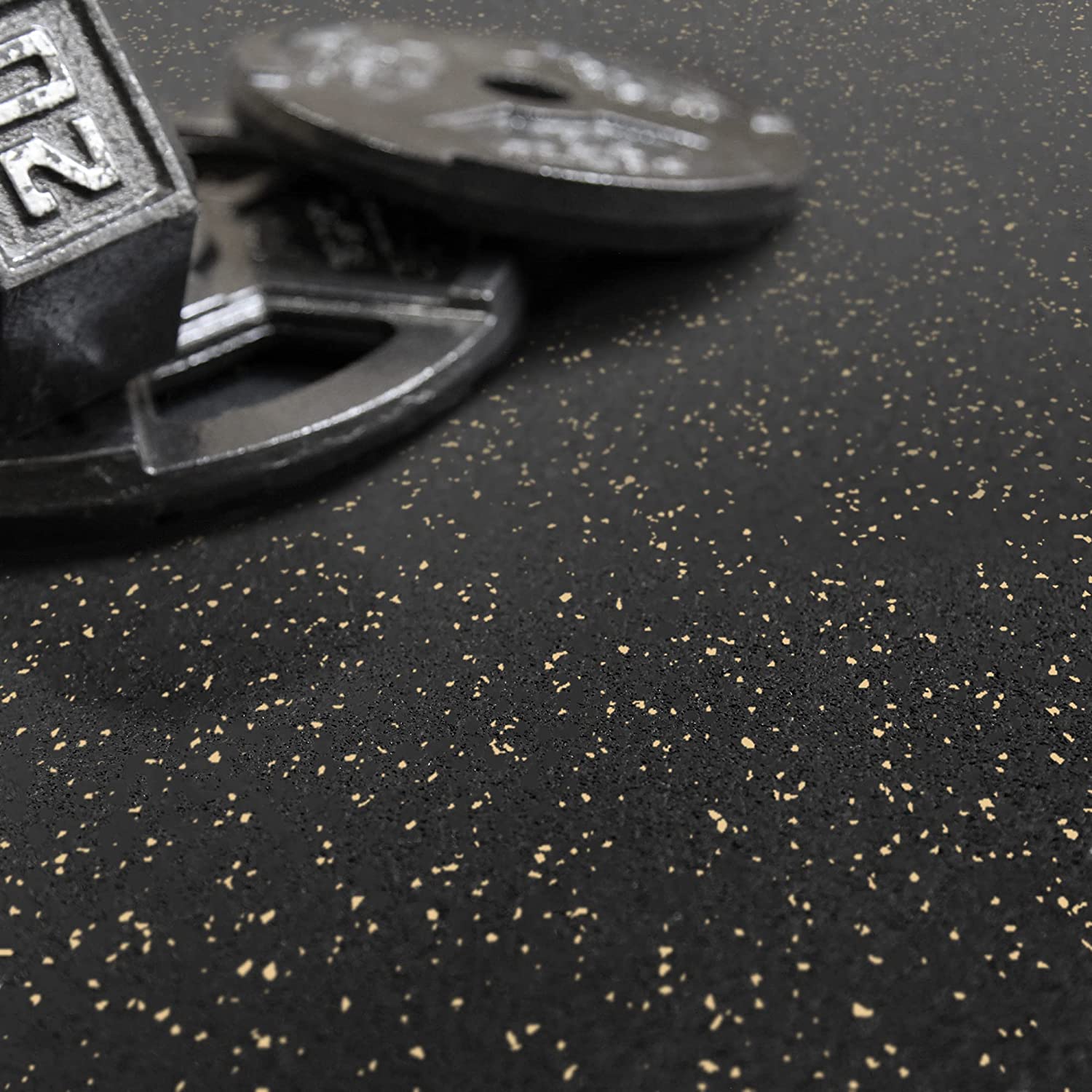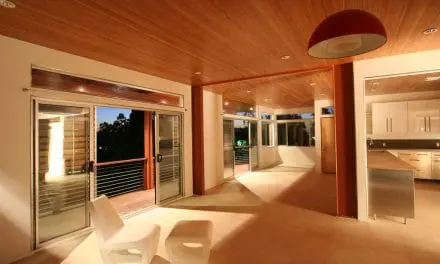By Elemental Green Staff
New Year’s, springtime, bikini season, cooler weather, feasting season… It’s always time to get in shape. And the steps you take towards a healthier you should be part of your sustainable lifestyle. If this is your season for shopping for home gym equipment, then check out these tips for setting up your own sustainable home gym. Finding the right options can build a better body and take it easy on your wallet.
Resist the urge to purchase a Thighmaster, Shake Weight, or the latest gadget YouTube is advertising. Instead, rethink the equipment and supplies you buy in eco-friendly terms. Where does it come from? What materials and energy are consumed in making it and using it? Is it healthy to bring into my home?
Sustainable home gyms begin with versatile equipment
Workout equipment that stays in the closet or sits in the corner gathering dust is the absolute least sustainable choice. Buy only what you’ll use starting now, and then add to your arsenal as the need arises. For instance, don’t buy a whole big rack of dumbbells at the beginning. Adjustable dumbbells and barbells allow you to increase or decrease weight according to specific exercises and level of difficulty. Keep adding weight as you progress.
Rather than filling your home with tons of equipment, look for pieces that allow you to do more with less. This can reduce your carbon footprint a great deal and help you achieve that cut look. Resistance bands, for sure, and a yoga mat. Go-anywhere wrist and ankle weights can make any just about any aerobics video more intense. An adjustable or flat bench isn’t just for dumbbells and barbells, it can allow you to do a hundred exercises: plank and pushup variations, Bulgarian split squats, modified mountain climbers, step-ups, dips, and more.
Next to a good pair of training shoes, resistance bands are the number one, most flexible pieces of sustainable home gym equipment you can buy. They come in graduated strength levels and can replace pull-down, cable, and leg curl machines. The New York Times Wirecutter team tested a dozen sets and recommended a package from Bodylastics for its anti-snap safety features. Allvodes resistance bands are 100% natural latex.
Whether they’re simple bands or attach to handles, resistance bands can be used for yoga, strength training, stretching, core workout, and much more. Dozens of different exercises enable safe and effective full-body workouts, or focused rehab under the guidance of a licensed physical therapist. Strengthening, recovery, or to increase mobility, they’re commonly used for ankle, leg, and knee injuries, as well as postpartum.
Some of the links in this article are affiliate links, meaning at no additional cost to you, we will earn a commission if you click through and make a purchase. Thank you for helping us continue to bring you great content.
Where did it come from?
You can get just about any kind of fitness equipment from your local thrift store, and buying second-hand is sustainable in several ways. You’re saving the materials that would have been needed to make a new one. You’re saving it from being added to the local landfill. Plus, if you buy on your local Craigslist or Facebook Marketplace there’s no shipping, which further reduces the carbon footprint. Checkout hyper-local Buy Nothing and Freecycle groups for gently used equipment that’s free!
Used equipment might have some drawbacks, however. They might break down sooner, and they don’t come with a warranty. But, you can get around that by checking the description carefully and asking questions. If you’re picking it up when you pay, you can always say, No thanks. Watch out for ageing treadmills and elliptical machines, as they can be real energy hogs. Visit the Consumer Products Safety Commission to find out about safety hazards on everything from exercise equipment to trampolines.
Do I want this in my home?
If you’re optimizing your home for wellness, equipment you bring into your home should be healthy for your body and for the environment.
When looking for flooring for your home gym, you want it to be as low-VOC as possible, for less off-gassing and low odor. Non-toxic marmoleum is extremely durable, made from natural ingredients, easy to clean, and antimicrobial. It is also now available in a wide range of attractive styles and can be installed as sheets or tile; even click tiles. Cork is one of the very best eco-friendly choices – renewable, recyclable, and biodegradable! It is also naturally anti-microbial. Choosing natural cork stores carbon in your home while leaving the tree intact to draw more CO2 from the atmosphere. Be sure to look for eco-friendly moisture barriers and adhesives as well.
Rubber is a popular choice for its durability, although there is much debate about off-gassing and the toxicity of various types. It’s getting easier to find floor tiles or roll flooring made from recycled rubber. But read labels carefully as most recycled rubber is made from recycled tires. Somewhat healthier rubber options include: vulcanized rubber with a GREENGUARD Gold certification, low-VOC calendered rubber, or rubber mixed with cork or natural latex.
Mats
For portable floor mats for yoga or floor exercise, natural rubber is highly sustainable and durable; downsides are the high price and potential for latex allergies. We prefer absorbent cork which is great for hot yoga, where the objective is to sweat profusely; but look closely at the backing material. We’re interested in the cork-and-natural-rubber mat and cork yoga blocks made by Hautest Health. And we unreservedly recommend the organic cotton and natural latex yoga mats from Brentwood Home. They are washable, non-slip, and attractive. Brentwood Home also offer certified organic cotton yoga pillows, which are non-toxic, vegan, and so beautiful.
Energy use
Reducing energy use in your gym allows you to reduce your carbon footprint significantly. Depending on your latitude and your schedule, walking and running outdoors can be difficult during certain times of year. Treadmills may offer the comfort of your lighted, conditioned indoor space, but they are energy hogs. If your treadmill consumes, say, 600 watts for 10 hours a week (6 kWh), check your electric bill and see how it adds up. And if you’re not running on renewable energy, it’s contributing to climate change.
Today’s stationary bikes and ellipticals are self-powered and needn’t be located anywhere near an outlet. Or you can use your cardio workout to give back to the earth. Check out energy-generating fitness attachments that convert your energy output into usable electricity for your home.

Sustainable Home Gym Design
A few design hacks and arrangements can optimize your use of your home gym.
- Store your gear on open shelving, instead of in the closet. (Because out of sight is out of mind.) Sturdy, adjustable shelving will support your dumbbells and meet changing needs. Put in on wheels if your workout space is in one room and then sometimes another.
- For electric lighting, think high-energy and low-glare.
- Bounce light off the ceiling so it doesn’t disturb your Savasana or bench press.
- Choose cooler-colored light in about 4000K. LED, of course.
- Maximize natural daylight if you can, for its energy boost and the savings on your electric bill. There’s also a connection to your circadian rhythm that can help you sleep at night. Solatube can transform dark spaces in your home with dynamic natural light.
- Wall colors in brilliant reds or purple are said to pump you up, while calming light blues and greens can help your focus. Whatever your goal, consider recycled paint from an eco-friendly company like Recolor.
- Large wall mirrors can open up a small workout area visually. (And give you the opportunity to check your form.) Look for safety options like a shatterproof coating.
- In an enclosed space, you’ll need an air purifier to filter out VOCs and any other odors you and your equipment might produce. We like Molekule for its ability to destroy pollutants, rather than just trap them.
- Consider also a few potted plants for a calming vibe and extra oxygen.
- Cool your home gym with an energy-efficient room fan or Energy Star ceiling fan. So you’re not cranking the AC in the whole house after a sweaty workout.
- Stay Hydrated while saying no to lead, PFAS, microplastics, VOCs and other contaminants in your home’s water. And definitely NO! to bottled water. Hydroviv will customize a filtration system for healthy hydration from your tap.
Finally, you will need eco-friendly cleaning supplies to keep you and your sustainable home gym healthy. Rather than harmful disinfecting chemicals, stick to safer, sustainable choices. Consider environmentally friendly disinfecting wipes or the Force of Nature multipurpose cleaning system.
Setting up your own sustainable home gym lets you keep fit while staying environmentally friendly. You can certainly save some money versus monthly fees at the gym, and still have an attractive and well outfitted place to train. Focus on where your equipment and furnishings came from; what’s in them; and flexibility and efficiency in how they’re used. You might be surprised at how great you can feel about feeling great.


